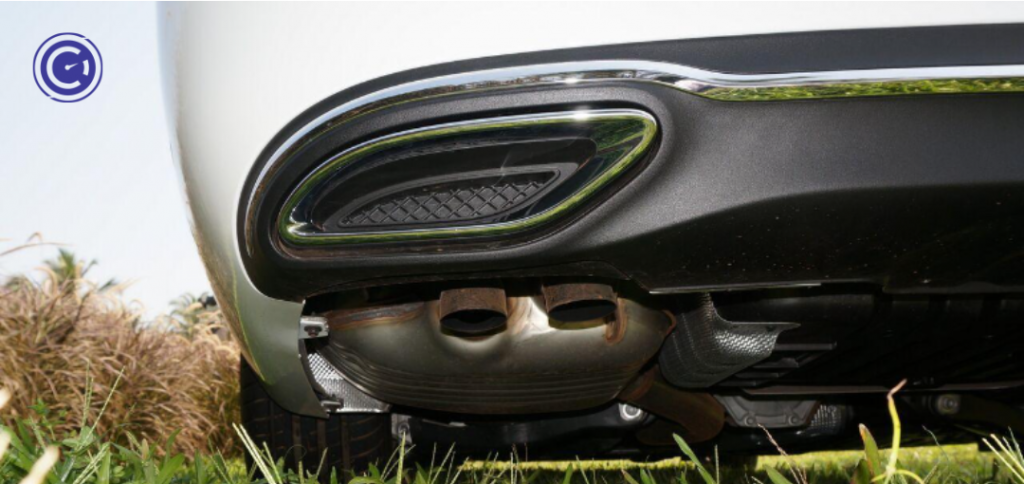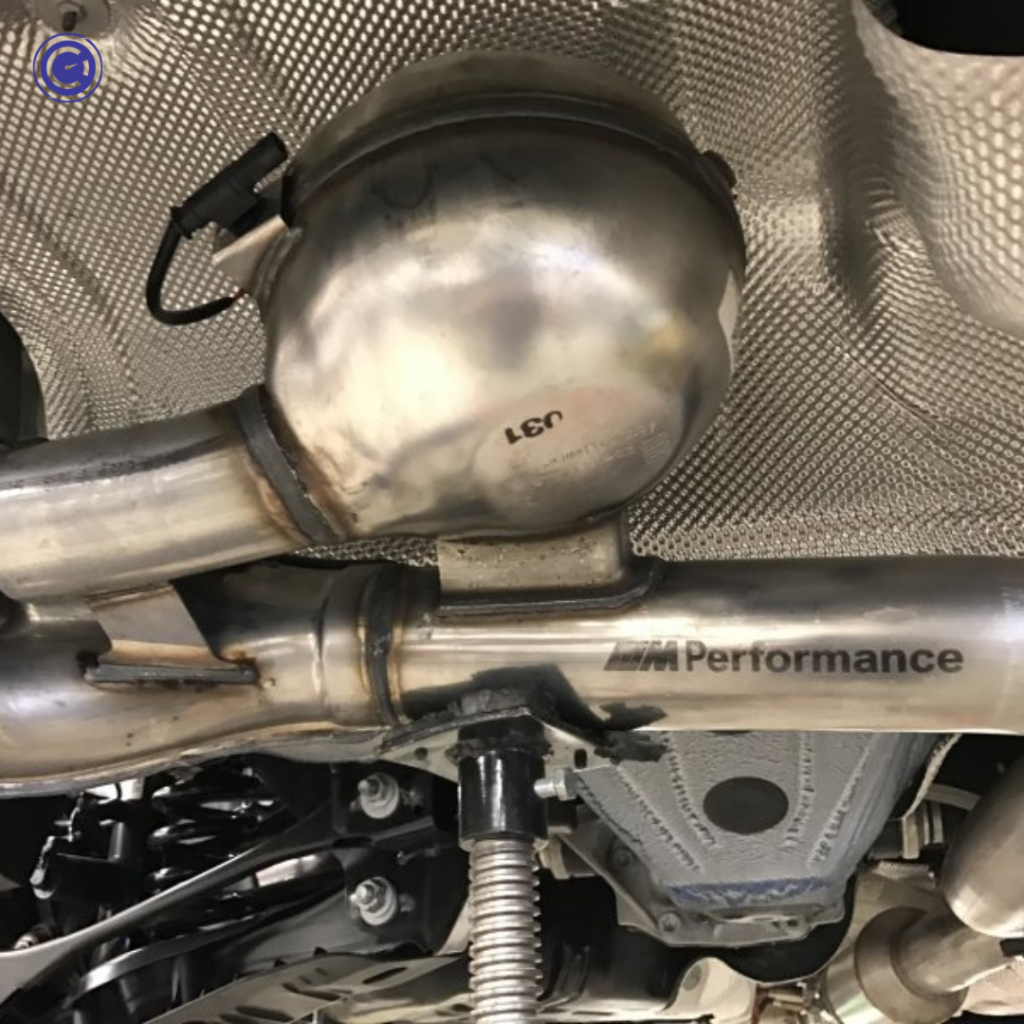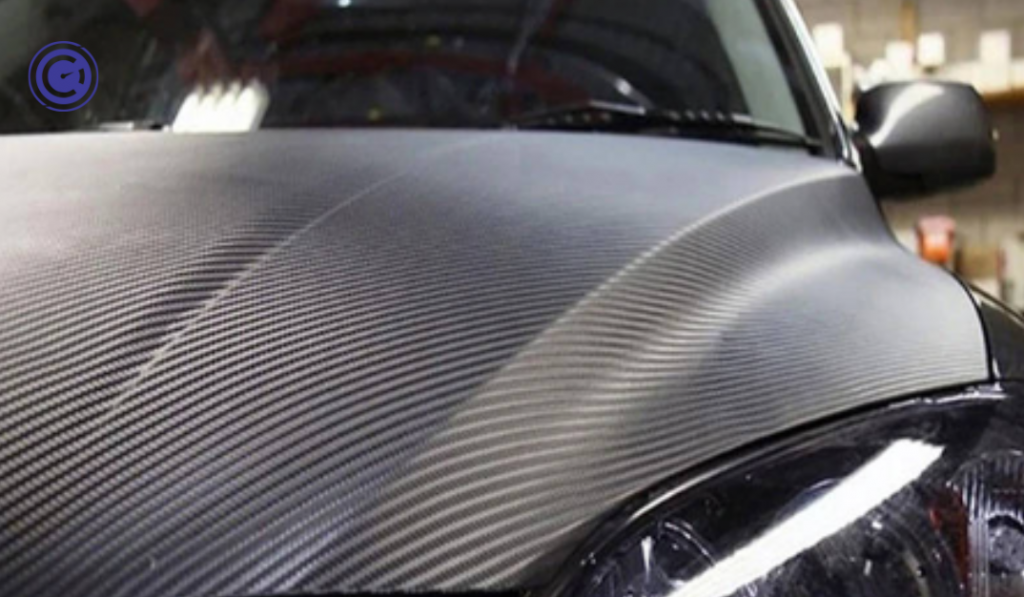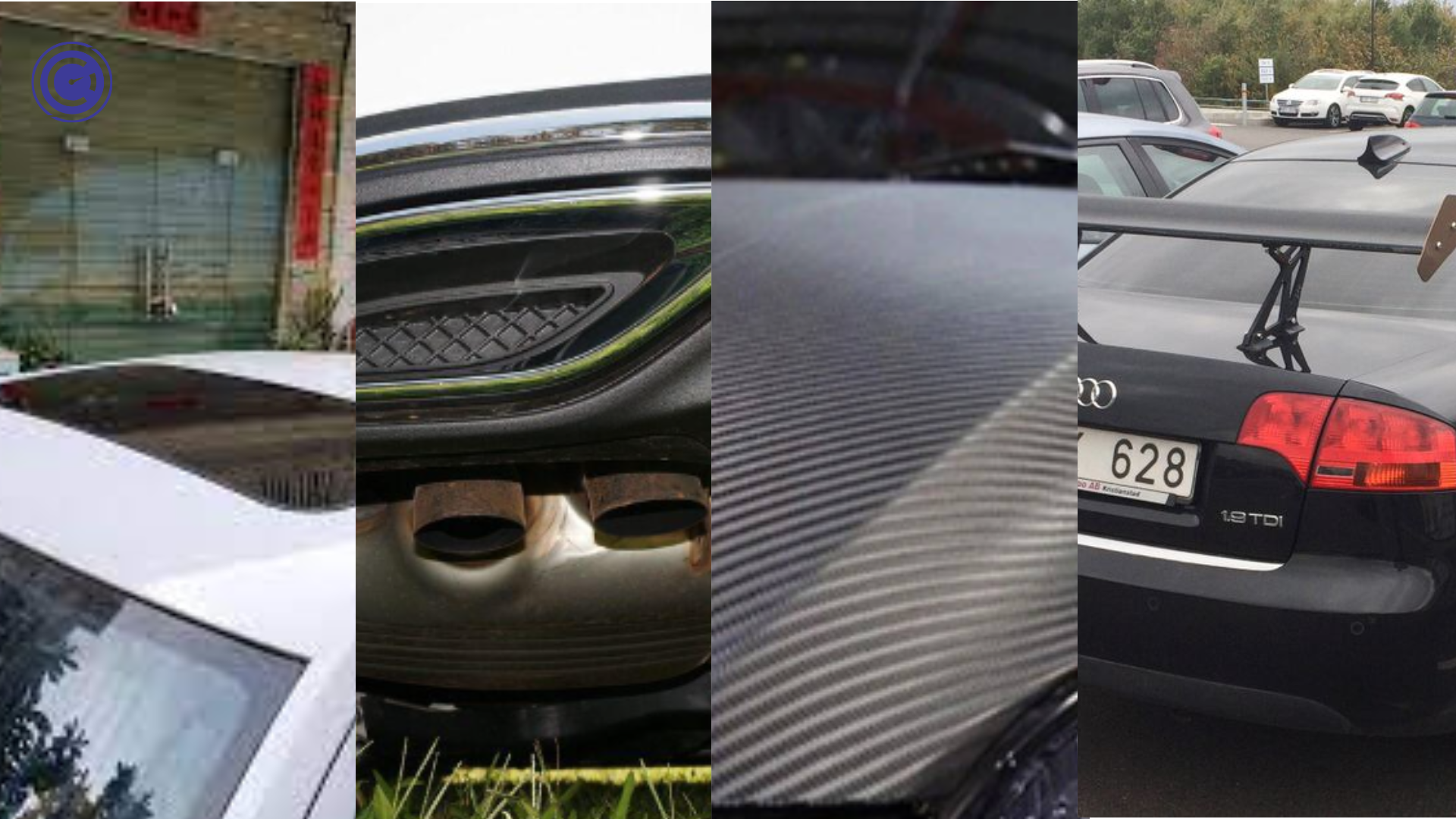Have you ever come across a car with those stylish-looking hood vents, flashy badges, or eye-catching spoilers, only to later discover that they were all just for show? It’s a disappointing reality that some car companies employ deceptive tactics by incorporating fake modifications into their vehicles. These seemingly impressive enhancements are designed to give the illusion of performance, style, or luxury, but in reality, they serve no practical value.
In this article, we’re going to lift the hood and expose eight fake car modifications that are fooling unsuspecting buyers. From the deceptive hood vents and car badges to the ostentatious exhaust tips and spoilers, we’ll delve into the world of automotive trickery.
One common offender is the fake hood vent, strategically placed on the car’s hood to mimic a sporty or aggressive appearance. These vents may look like they provide additional airflow for engine cooling, but in truth, they are often nothing more than a plastic cover with no actual functionality.
Another trick used by car manufacturers is the inclusion of fake car badges and decals. These badges, often displaying performance-related labels, give the impression that the vehicle possesses higher performance capabilities than it truly does. They serve as a marketing tactic, appealing to the desire for a more powerful or prestigious vehicle.
Additionally, fake exhaust tips are a popular choice for enhancing the visual appeal of a car. These shiny, chrome tips at the rear of the vehicle create the illusion of a high-performance exhaust system. However, upon closer inspection, you’ll find that these tips are often disconnected from the actual exhaust system and serve no purpose other than aesthetics.
As we continue, we’ll uncover more deceptive modifications, including fake spoilers and wings, fake brake calipers, fake engine sounds, fake carbon fiber accents, and even fake vents and grilles. By shedding light on these deceptive practices, we aim to help you make informed decisions when it comes to car modifications.
So, buckle up and join us as we reveal the truth behind these fake car modifications and empower you to see through the smoke and mirrors in the automotive industry. It’s time to separate fact from fiction and ensure that the enhancements you choose for your vehicle truly deliver on their promises.
Table of Contents
Fake Car Modifications
Fake Hood Vents
Have you ever come across a car with those sleek, eye-catching hood vents that scream power and performance? They may seem like the perfect addition to make a statement on the road, but here’s a little secret: many of those vents are nothing more than a clever illusion. Welcome to the world of fake hood vents, where style often trumps substance.
Picture this: you’re standing in awe, admiring a sports car with its hood adorned by what appears to be functional vents, ready to unleash an unrivaled level of power. But the truth is, those vents may be nothing more than cosmetic enhancements. They’re designed to captivate your imagination and play with your perception of speed and performance.
While functional hood vents serve a purpose by channeling airflow to cool the engine, fake hood vents are purely for show. They don’t improve your car’s performance or offer any practical benefits. Instead, their purpose is to give the illusion of a high-performance machine.
Car manufacturers understand our desire for speed and excitement, and they capitalize on it with these faux vents. By adding them to the exterior, they create an aggressive and sporty look, making us believe that our ride is capable of roaring down the highway like a true speed demon.
But here’s the catch: those vents are often made of plastic and serve no real function other than aesthetic appeal. They’re like a mirage in the desert, promising an oasis of power but leaving you parched with disappointment.
So, the next time you spot a car with those enticing hood vents, admire their design, but remember the truth behind the façade. The real power lies beneath the surface, where genuine performance modifications can take your driving experience to new heights.
Don’t let the allure of fake hood vents deceive you. Seek the true performance enhancements that deliver tangible results and an exhilarating ride. It’s time to separate the genuine from the counterfeit and embark on a journey of authentic automotive exhilaration.
Fake Car Badges
Fake car badges and decals create the illusion of prestige and luxury, but they are nothing more than clever tricks. These shiny emblems are strategically placed to mimic prestigious brands and models, giving the impression of a high-end vehicle. However, they are merely cosmetic enhancements that lack the genuine craftsmanship and performance associated with authentic luxury cars. Don’t be fooled by the allure of fake badges and decals. Seek authenticity and true value when choosing your vehicle. Embrace the genuine and relish in the satisfaction of owning a car that truly lives up to its promises, both inside and out.
Fake Exhaust Tips

The world of automobiles is filled with illusions, and one common trick employed by car companies is the use of fake exhaust tips. These deceptive embellishments give the appearance of performance and sportiness, but underneath their shiny facade lies a hollow truth. Imagine a car speeding past you, adorned with gleaming exhaust tips that catch your eye. They create the illusion of power and prowess, making you believe that the vehicle possesses a high-performance engine. However, don’t be fooled by appearances alone.
Fake exhaust tips are crafted from cheap materials like plastic or chrome-plated plastic, designed solely to mimic the look of real exhaust systems. They lack the substance and functionality that genuine exhaust systems offer, leaving you with nothing more than a cosmetic illusion.
In a world where authenticity and performance matter, it’s important to see through the deception and make informed choices. Don’t be swayed by the allure of fake exhaust tips. Seek out vehicles that deliver true power and exhilaration, ensuring a thrilling driving experience that goes beyond surface-level enhancements.
Fake spoiler and Wings

Fake spoilers and wings are other deceptive tactics employed by car companies to create the illusion of high-performance and aerodynamic enhancements. These cosmetic additions are often made from cheap materials and lack any functional purpose. While they may give the impression of a race-ready vehicle, they do not contribute to improved handling, downforce, or stability.
Instead, they are mere aesthetic accessories designed to appeal to the eye. It’s important to be aware of this trickery and focus on genuine performance modifications that actually enhance your driving experience. Don’t fall for the allure of fake spoilers and wings; choose substance over style when it comes to your vehicle’s performance.
Fake Engine Sound

Fake engine sounds have become a common gimmick used by car manufacturers to create an illusion of power and performance. These artificial engine sounds are often amplified through speakers or sound generators, giving the impression of a roaring engine under the hood.
However, the reality is that these sounds are often manipulated and do not reflect the true performance of the vehicle. They are designed to appeal to the driver’s senses, providing a thrilling auditory experience without the corresponding increase in actual engine power.
While some may enjoy the enhanced sound effects, it’s important to remember that genuine performance should come from the engine itself, not fabricated audio enhancements. Don’t be swayed by the allure of fake engine sounds; seek vehicles that deliver genuine power and performance for a truly exhilarating driving experience.
Fake carbon fiber

Fake carbon fiber is a deceptive practice employed by some car manufacturers and aftermarket suppliers to give the appearance of high-end, lightweight carbon fiber components. However, these fake carbon fiber parts are typically made from cheaper materials like plastic or fiberglass and are merely coated or wrapped in a carbon fiber pattern.
While they may look similar to genuine carbon fiber at first glance, they lack the strength, rigidity, and weight-saving benefits that true carbon fiber offers. These imitations can easily chip, fade, or delaminate over time, diminishing their visual appeal and durability. When seeking carbon fiber components for your vehicle, it is essential to verify their authenticity and quality to ensure you are investing in genuine carbon fiber parts that deliver the desired performance and aesthetics. Don’t be fooled by fake carbon fiber; opt for the real deal to truly enhance your vehicle’s appearance and performance.
Fake Sunroof

Fake sunroofs are an increasingly popular feature offered by car manufacturers to give the impression of a panoramic view and open-air experience without the actual functionality of a real sunroof. These faux sunroofs are often fixed panels or decals that mimic the appearance of a glass sunroof, but they cannot be opened or provide any access to fresh air or sunlight.
While they may visually enhance the aesthetics of the vehicle’s roofline, they lack the practical benefits and versatility of a genuine sunroof. Fake sunroofs are typically added to lower-priced or entry-level models to create the illusion of a more luxurious or premium vehicle.
If you desire the genuine experience of a sunroof, it’s important to opt for a vehicle that offers a real, functioning sunroof, allowing you to enjoy the natural light, fresh air, and the joy of an open view while on the road. Don’t be deceived by fake sunroofs; choose a vehicle that provides the authentic sunroof experience for maximum enjoyment during your drives.
Conclusion
In conclusion, the presence of fake modifications in the automotive industry is a widespread phenomenon. Car companies and aftermarket suppliers often employ these deceptive practices to enhance the visual appeal or create the illusion of high-end features. However, it’s important for car enthusiasts and consumers to be aware of these fake modifications and understand their lack of practical value.
Whether it’s fake hood vents, car badges, exhaust tips, spoilers, brake calipers, engine sounds, carbon fiber, vents, grilles, or sunroofs, these cosmetic additions may initially catch the eye but ultimately fail to deliver any significant functional benefits. They are designed to create an impression rather than serve a purpose. It’s crucial to differentiate between genuine functional upgrades and superficial modifications.
When it comes to modifying or upgrading your vehicle, it’s recommended to focus on modifications that enhance performance, improve safety, or offer genuine utility. Investing in authentic and quality aftermarket parts or choosing vehicles with factory-installed functional features ensures that you’re getting value for your money and a truly enhanced driving experience.
By staying informed and discerning, car enthusiasts can make informed decisions when it comes to modifications, avoiding the allure of fake enhancements and prioritizing practicality and functionality. Ultimately, authenticity and substance should take precedence over superficial aesthetics when it comes to enhancing your vehicle.

